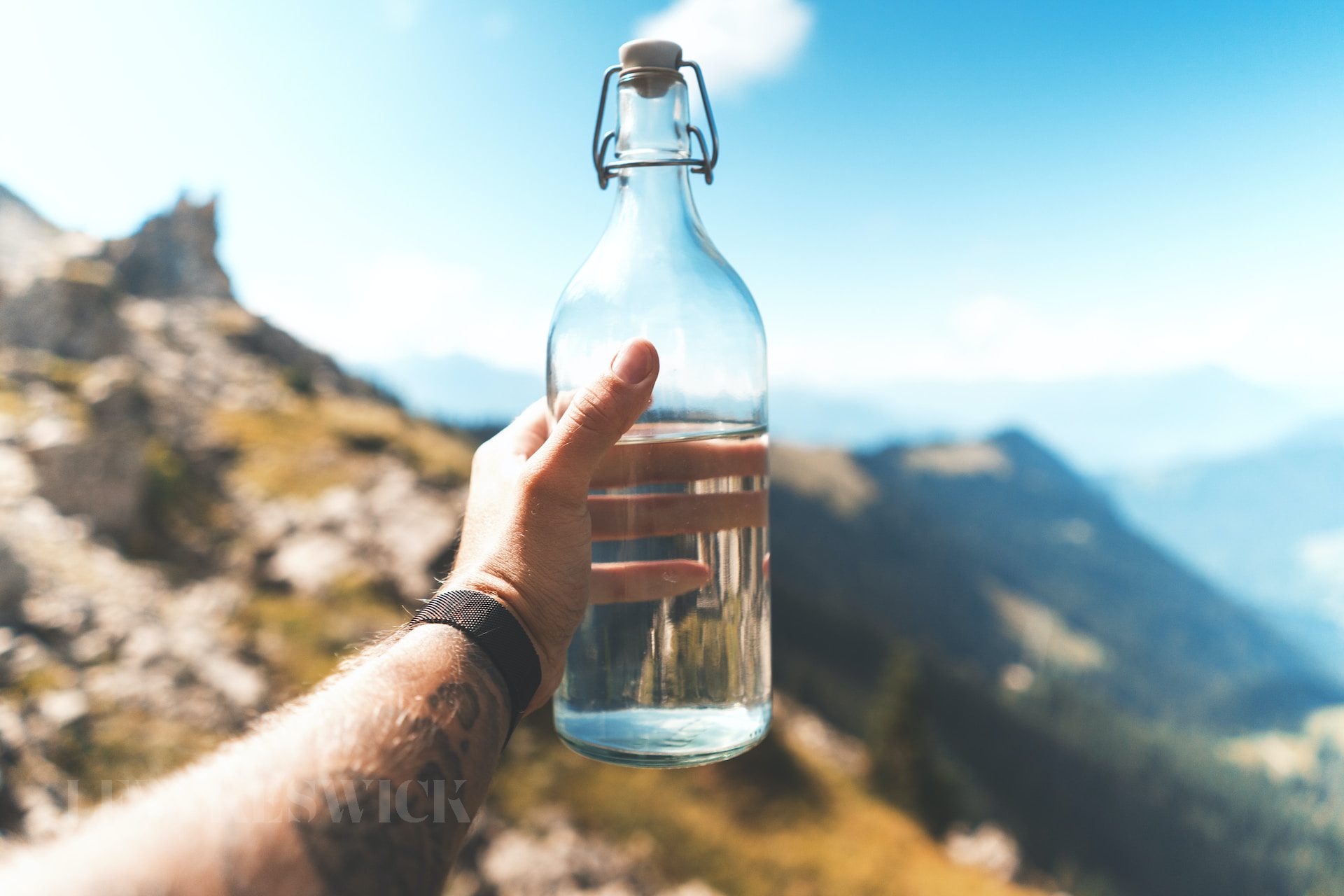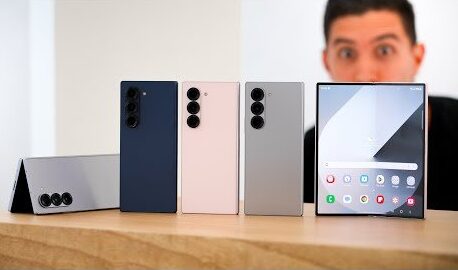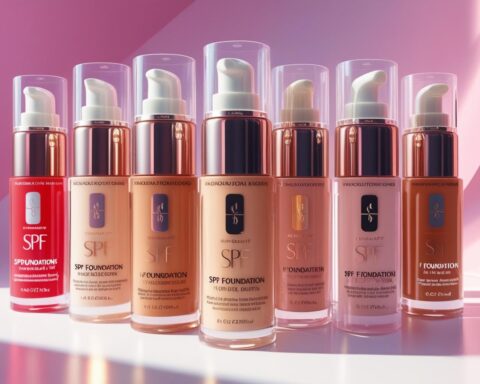Key Takeaways:
- The global trend of premium bottled water is not just about hydration, but also about luxury and status.
- China is experiencing a significant surge in sales of packaged water.
- Bling H2O’s Dubai Collection stands out with a price tag of $2,600, boasting 10,000 Swarovski crystals.
- Brands differentiate themselves not just by bling but also by the uniqueness of the source.
- The desire for remote and pristine sources drives up h2o bling prices.
The Rise of the Water Connoisseur
In a world where consumerism is as much about identity as it is about necessity, the premium bottled water trend embodies this shift with aplomb. The luxury bottled water market has surged beyond mere hydration. Today, it’s about making a statement, echoing a lifestyle of opulence, and in some cases, signifying a commitment to wellness.
China: The Emerging Power Player in Premium Hydration
It’s hard to talk about any global market trend without mentioning China. As the nation’s middle class swells and purchasing power rises, there’s an amplified demand for luxury items, and premium bottled water is no exception. Market research underscores the nation’s growing thirst for these luxury items, with China rapidly rising in the ranks of global premium bottled water consumption.
Bling H2O: Where Hydration Meets Haute Couture
Perhaps nothing epitomizes the pinnacle of luxury in the bottled water realm as Bling H2O. With the Dubai Collection’s “The Ten Thousand” priced at a staggering $2,600, it’s not just water you’re purchasing, but a symbol of extravagance. The bottle, adorned with 10,000 Swarovski crystals, comes with white handling gloves, emphasizing the precious nature of the commodity. Introduced to Dubai in 2009, the US-based brand, founded by Hollywood’s Kevin Boyd, seamlessly marries the glamour of showbiz with the simplicity of pure water, rocketing h2o bling prices to unprecedented heights.
Beyond the Bling: The Purity Pitch
While brands like Bling H2O captivate with shimmer and shine, others appeal to a different kind of luxury: purity. The narrative here is less about adornment and more about origin. Companies such as Canada’s 10 Thousand BC and Canadian Berg highlight the untouched, remote, and pristine sources of their water. Whether it’s glaciers in the northern reaches of Canada or “iceberg water” from western Greenland, the remoteness of the source amplifies the luxury quotient. For the discerning consumer, the allure lies in consuming a piece of unspoiled nature, a sip of wilderness, making it well worth the premium price point.
Decoding the Desire for Designer Water
At the heart of the luxury bottled water trend lies a complex interplay of factors. As our world becomes increasingly urbanized and polluted, there’s a growing nostalgia for the pure and untouched. This, combined with a relentless pursuit of status symbols in a digital age of visibility, has given rise to the phenomenon where h2o bling prices skyrocket.
Moreover, with wellness becoming a significant lifestyle choice, there’s also a strong belief that consuming from a pristine source can offer health benefits beyond typical hydration. Whether this is scientifically valid or merely a psychological comfort, it’s undeniable that the luxury water market has tapped into a deep-seated human desire.
Concluding Drops
The rise of luxury bottled water is more than just a testament to effective marketing or societal opulence. It speaks to the evolving relationship between consumers and commodities. As the lines between necessity, luxury, wellness, and identity blur, it’s fascinating to observe how even something as fundamental as water can be transformed into a statement of prestige. Only time will tell if this trend is here to stay, but for now, one thing’s clear – water isn’t just water anymore.








